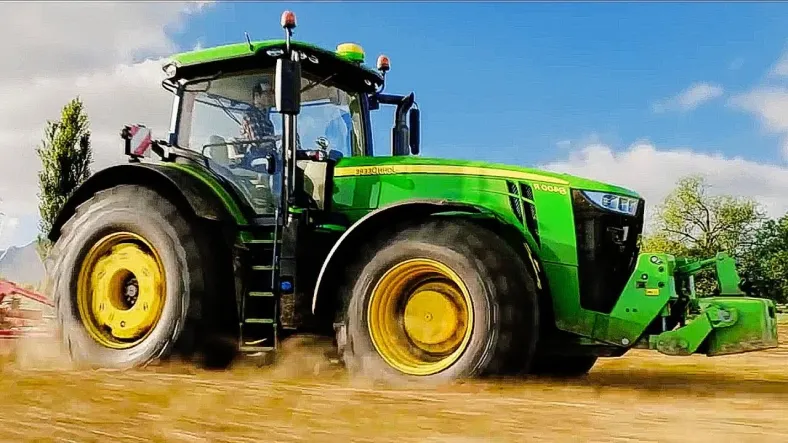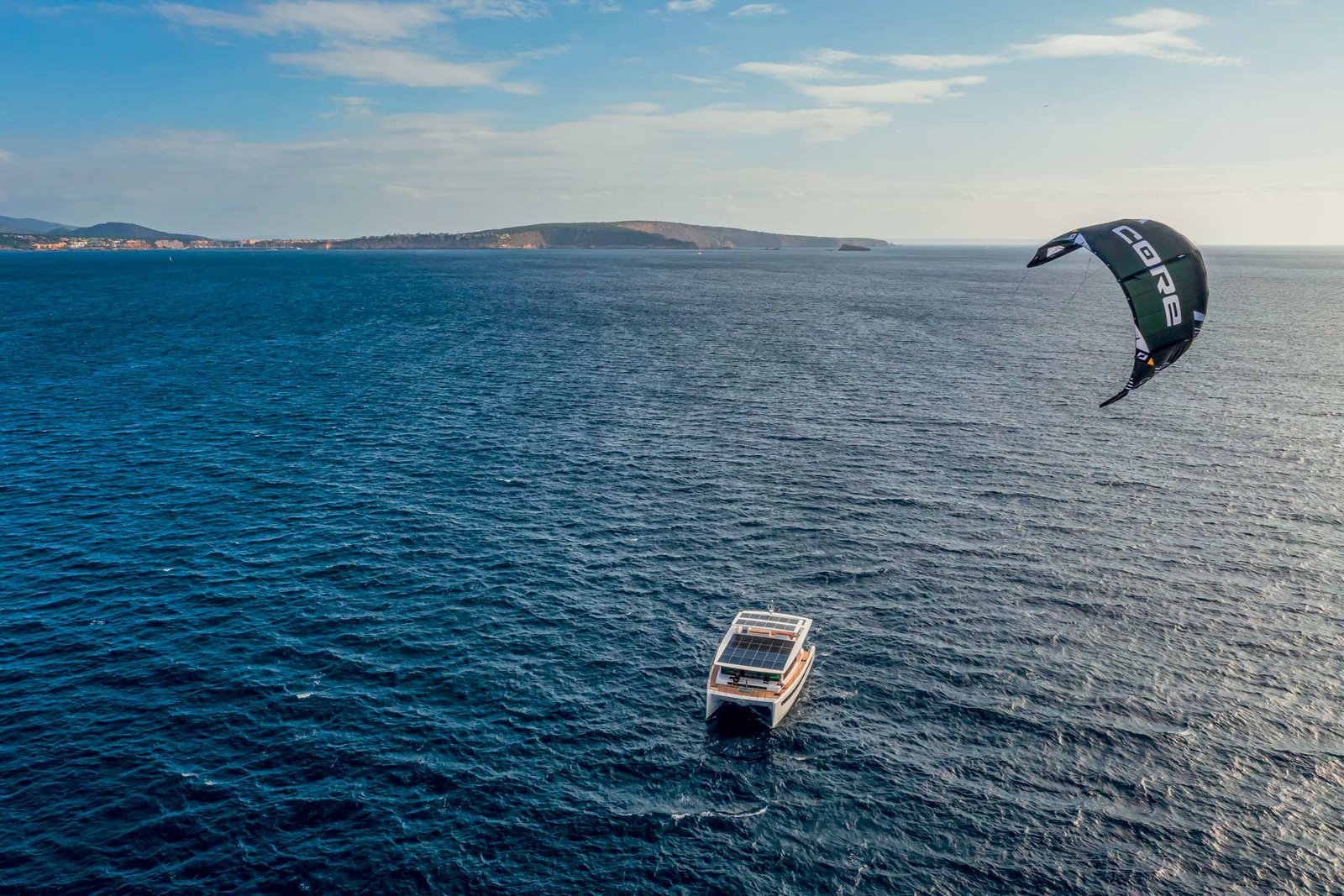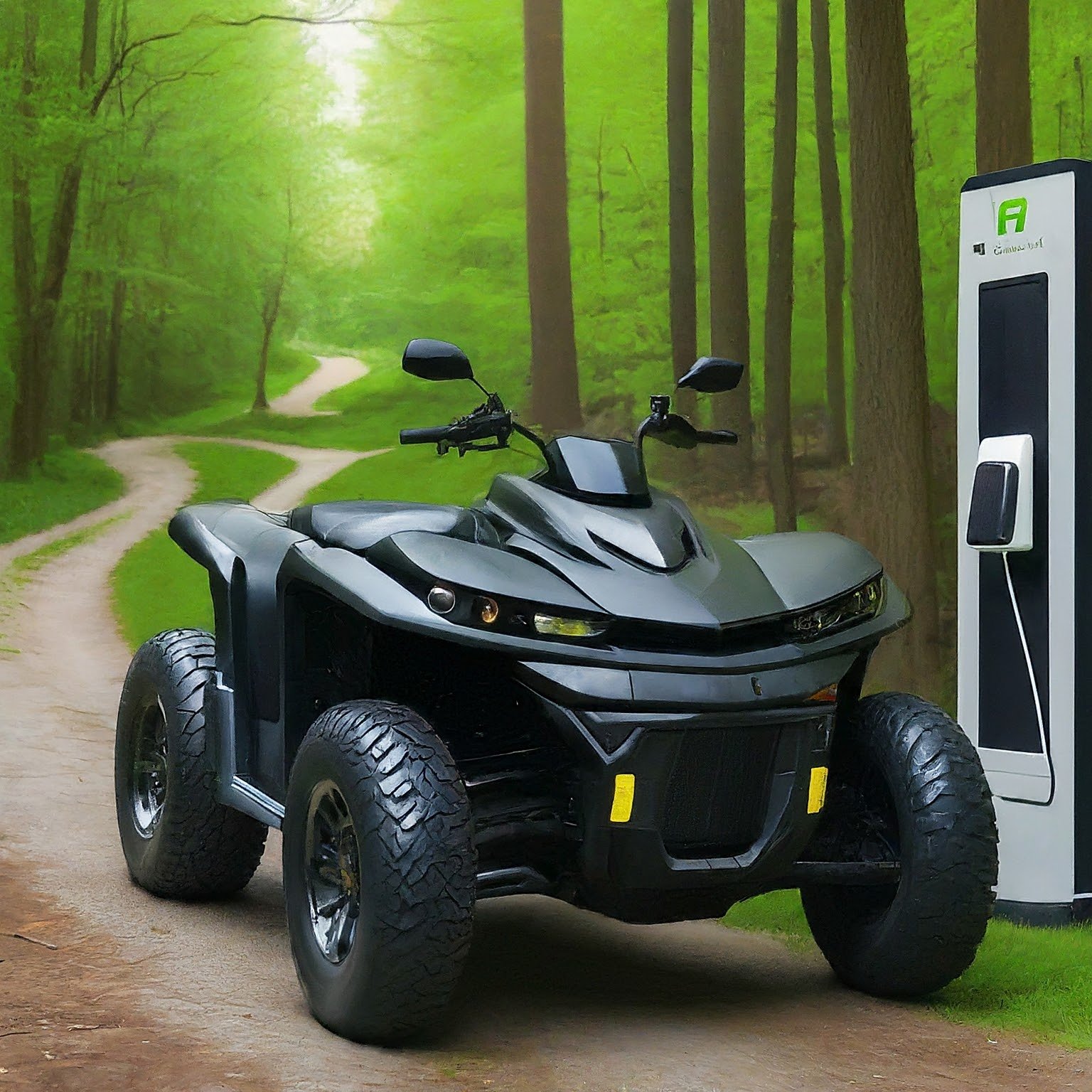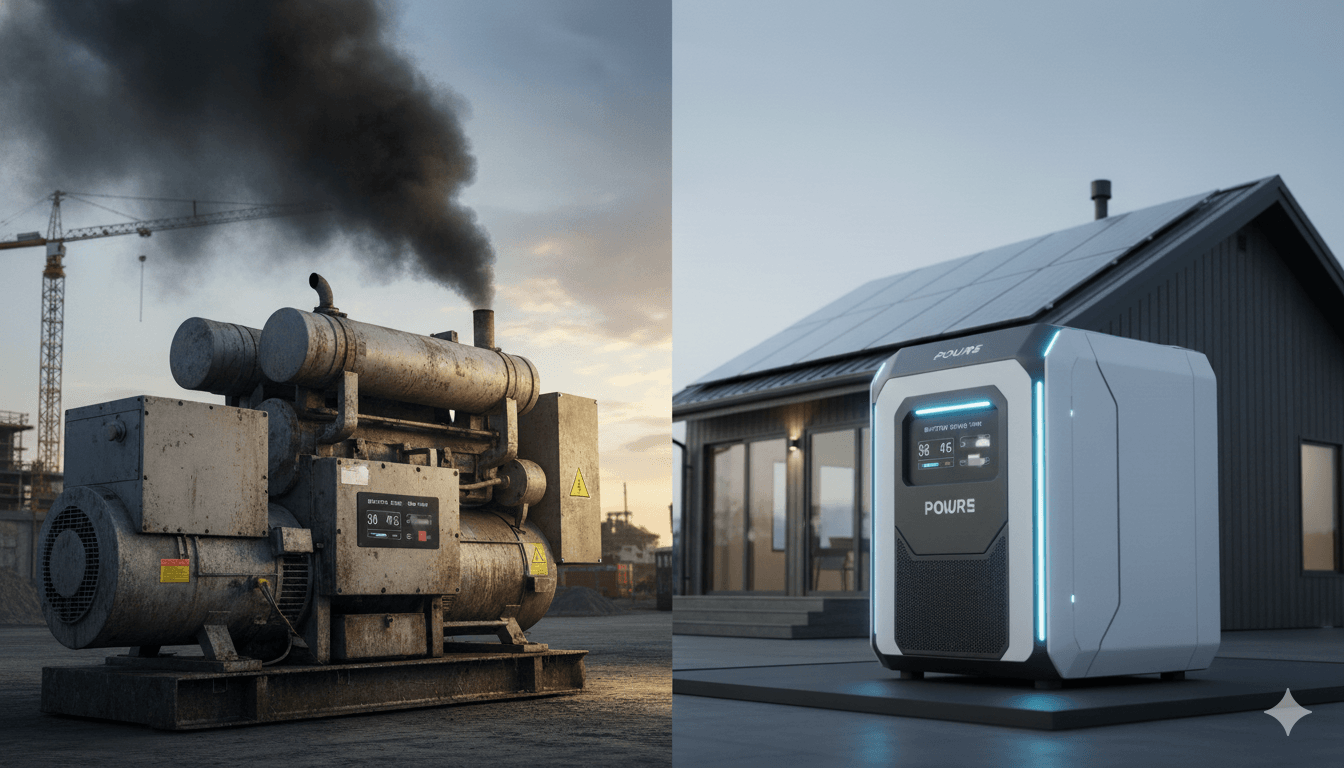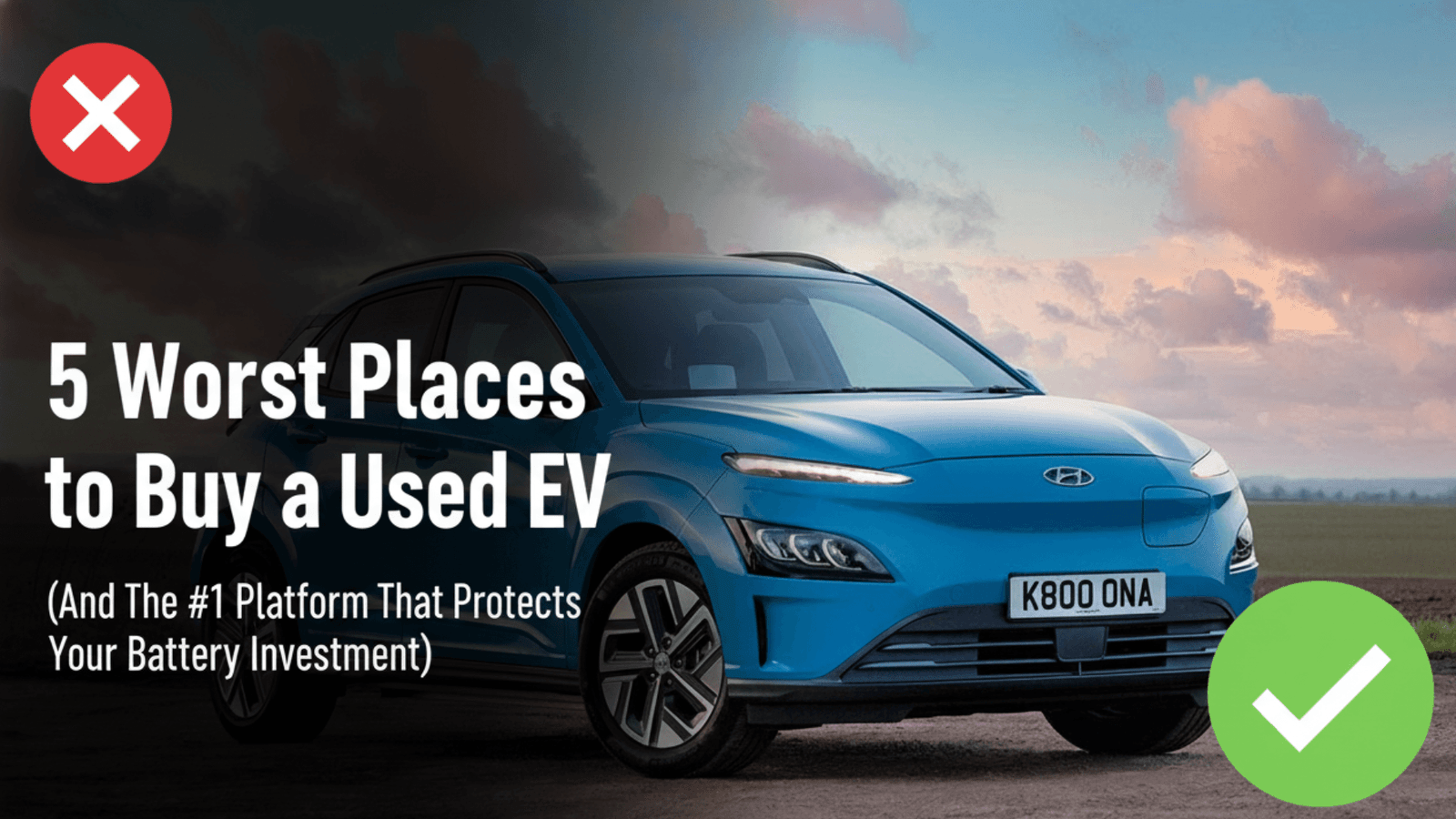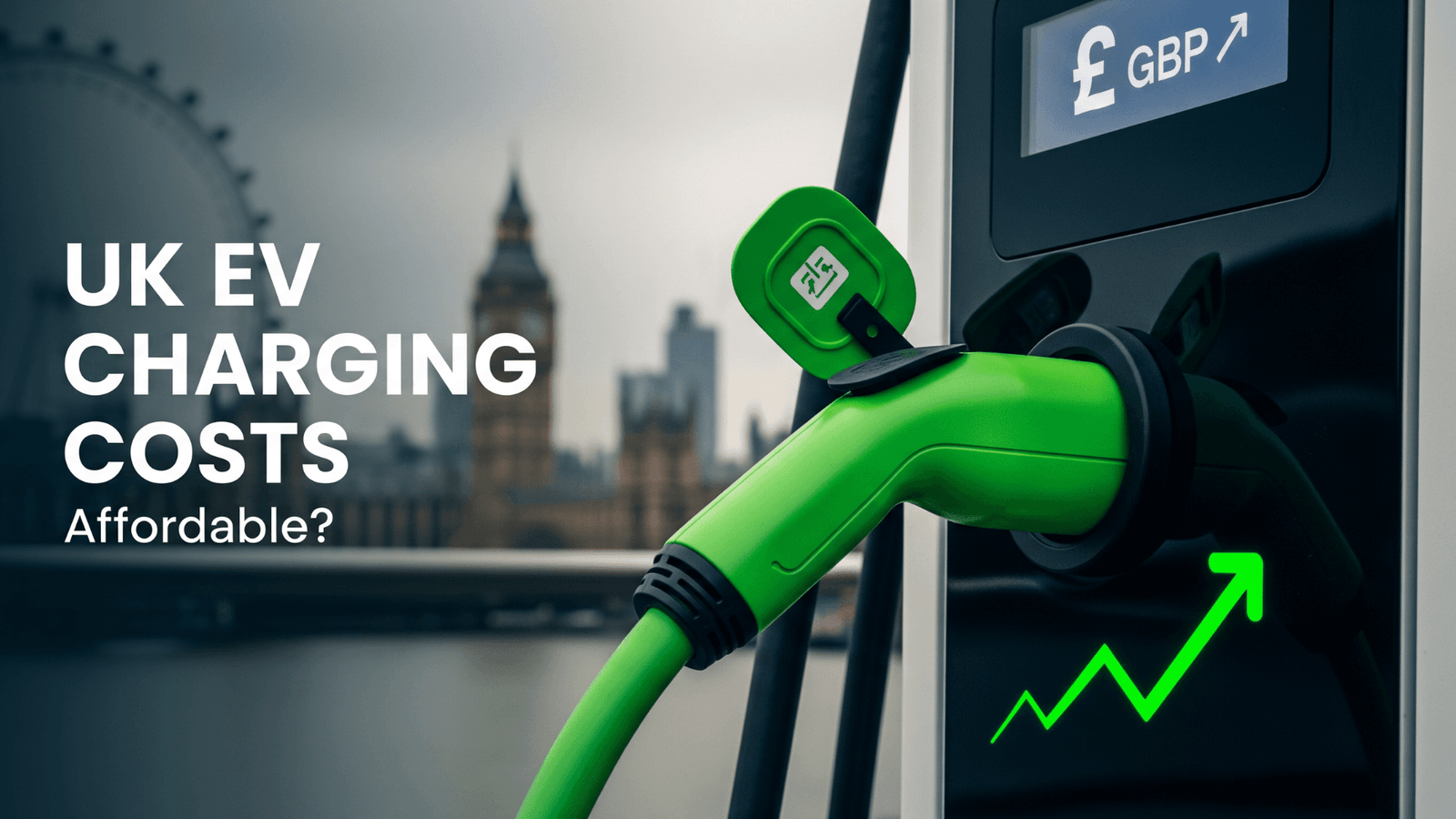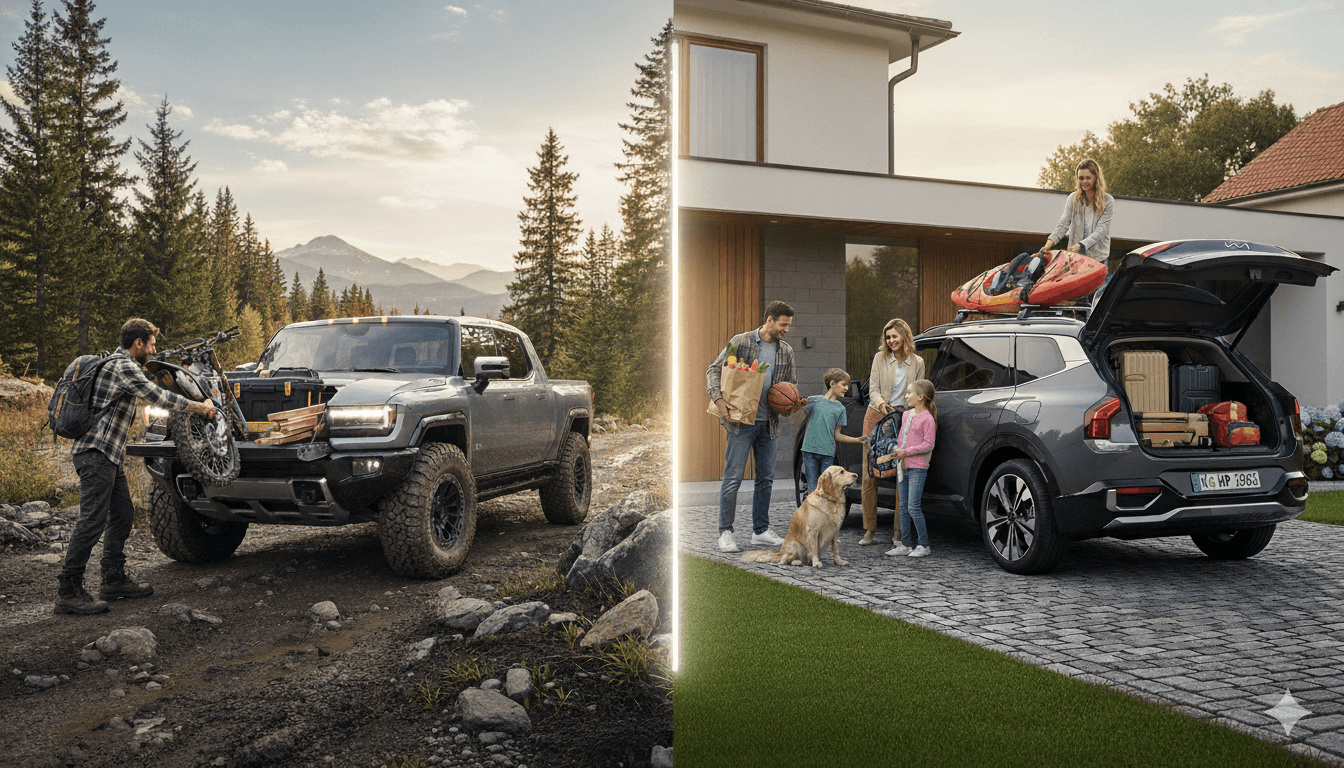Commercial shipping is the lifeblood of global trade, but it comes at a heavy cost to the environment. A staggering 80% of all international trade relies on maritime transport, and these massive cargo ships are responsible for a significant chunk of global carbon emissions.
However, there’s a potential game-changer on the horizon: wind-assisted vessels. This technology harks back to the days of majestic sailing ships, but with a modern twist. Imagine towering cargo ships equipped with high-tech sails or wing-like structures that harness the power of the wind to propel them across the oceans.
The concept is not just a nostalgic throwback. Recent trials with wind-assisted vessels have shown promising results. These modern marvels boast features like:
- Solid Wings or High-Tech Sails: These are far more efficient than traditional sails, maximizing wind power generation.
- Reduced Reliance on Fossil Fuels: Wind propulsion significantly cuts down on fuel consumption and lowers greenhouse gas emissions. Estimates suggest reductions of up to 20% or more.
- Improved Efficiency: Wind assistance can help maintain cruising speeds, even when engine power is reduced.
Solid Wings
- Airplane Wing Inspiration: These structures closely resemble vertical airplane wings, designed to generate lift and provide forward propulsion for the vessel.
- Efficiency Advantage: Solid wings are incredibly efficient at capturing wind energy. They can generate more force than traditional sails with less surface area.
- Automation and Control: Often equipped with sensors and automated control systems that optimize their angle and positioning to maximize wind power utilization based on wind conditions.
- Retrofit Potential: Can be relatively easy to install on existing ships, depending on the design of the vessel.

High-Tech Sails
- Beyond Traditional Fabrics: While they may look like sails, these utilize advanced materials far tougher than traditional canvas. Think composites, reinforced plastics, and designs inspired by modern yacht sails.
- Variety of Systems: High-tech sails encompass a range of designs:
- Flettner Rotors: Spinning vertical cylinders that exploit the Magnus Effect to create forward thrust.
- Suction Wings: Fixed wings with internal fans to create suction, generating additional power.
- Kites: Giant, aerodynamic kites tethered to the ship, flying high in the sky where winds are stronger and more consistent.
Choosing the Right Solution
The best type of wind-assisted technology will depend on several factors:
- Vessel Type: The size and type of ship will influence the optimal size and design of the sails or wings.
- Trade Routes: Routes with consistent favorable winds might be better suited to primary wind propulsion, while unpredictable winds may be better complemented with hybrid engine/sail setups.
- Investment: The cost of installing and maintaining different types of systems varies.
The Future of Wind-Assisted Shipping
The integration of solid wings and high-tech sails isn’t about a return to the past, but rather a leap into the future. Here’s what could lie ahead:
- Hybrid Systems: Combining solid wings, sails, and engines might offer the most practical and versatile solution for various ship types and routes.
- Data & AI Optimization: Machine learning and artificial intelligence could analyze wind patterns and optimize the efficiency of these wind-assisted technologies in real time.
The transformation of commercial shipping has commenced. Wind-assisted vessels, with their solid wings and high-tech sails, embody a commitment to sustainability and innovation. This exciting evolution has the potential to reshape global trade and pave the way towards a greener maritime industry.
The potential benefits aren’t limited to environmental improvements. Wind-assisted vessels could also lead to:
- Cost Savings: Less reliance on expensive fossil fuels translates to lower operational costs for shipping companies.
- A Greener Image: Companies embracing wind-assisted technology can position themselves as leaders in sustainable shipping practices.
Is this a revolution in the making?
One British company predicts that by 2026, half of all new ships could be equipped with wind-assisted technology. While this may be an optimistic prediction, the success of initial trials suggests wind propulsion is a viable option for the future of commercial shipping.
Challenges Remain
While the future looks promising, wind-assisted technology isn’t without its challenges. Factors like:
- Route Dependence: Wind power is not always reliable. Ships may need to adjust routes to take advantage of favorable winds.
- Retrofitting Existing Ships: Adapting current vessels with wind-assisted technology can be complex and expensive.
- Cargo Capacity Considerations: Large sails or wings could potentially reduce cargo space on some ships.
Despite these hurdles, the potential rewards for adopting wind-assisted technology are significant. As the world grapples with climate change, a shift towards cleaner shipping practices is crucial. Wind-assisted vessels offer a compelling solution, harnessing the power of nature to propel global trade into a more sustainable future.

Suhas Shrikant is the founder of Vecharged and an engineering enthusiast specializing in high-power off-grid solar systems. He has designed and built over a dozen custom systems and uses his hands-on, field-tested experience to create Vecharged’s expert guides and reviews.



